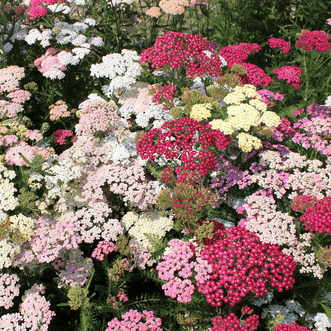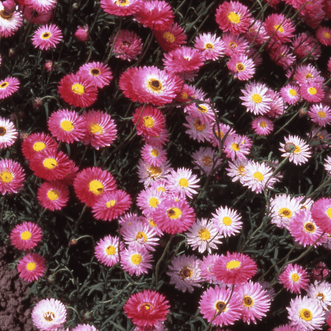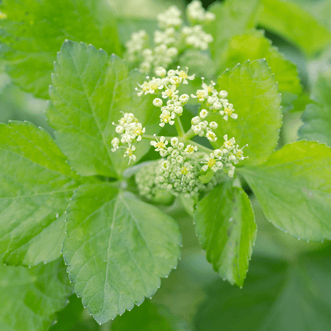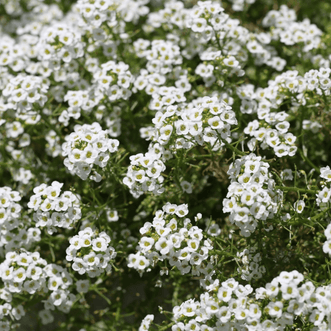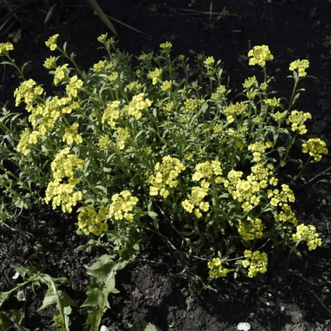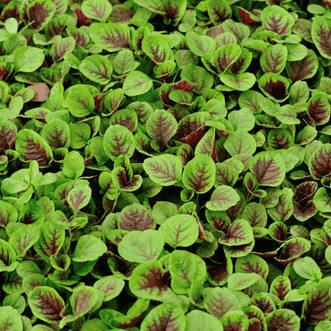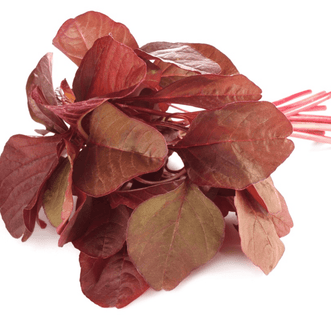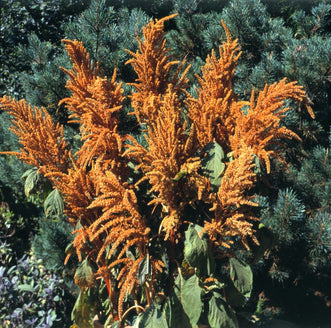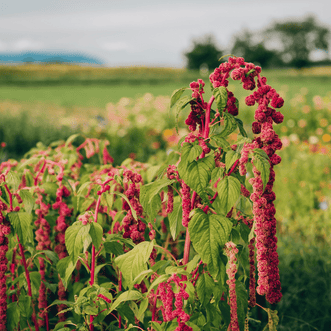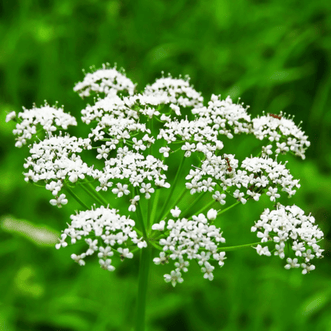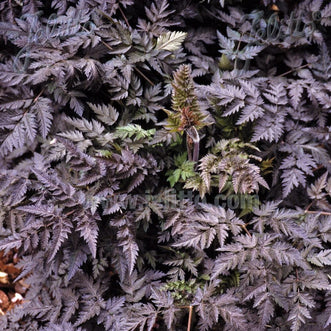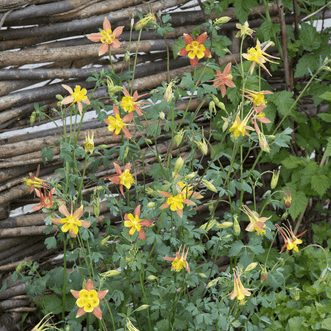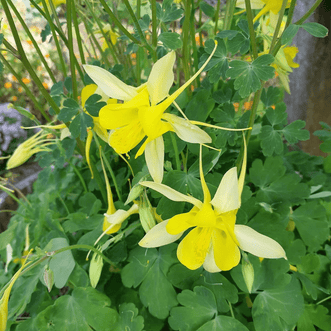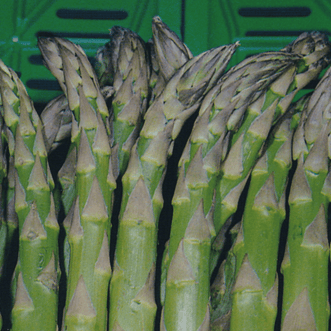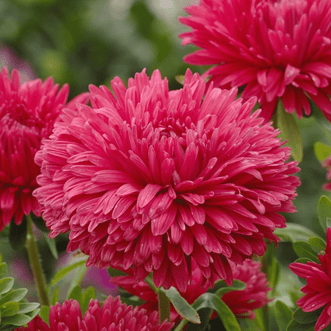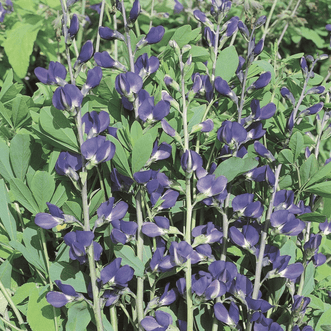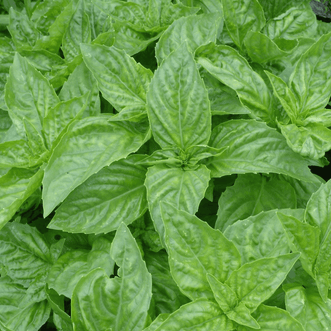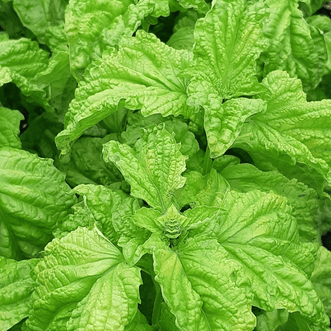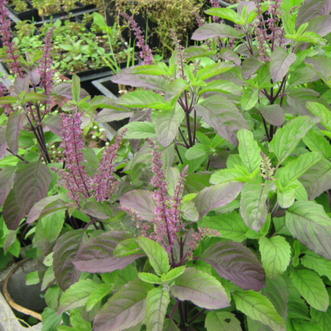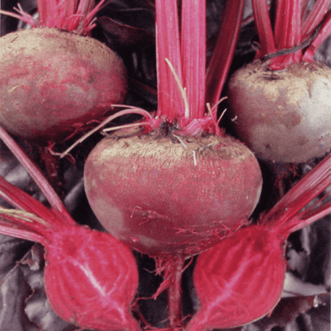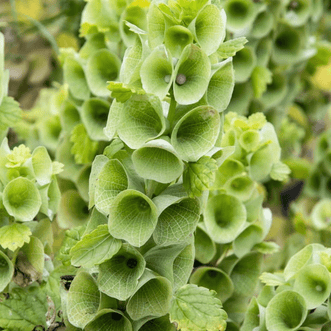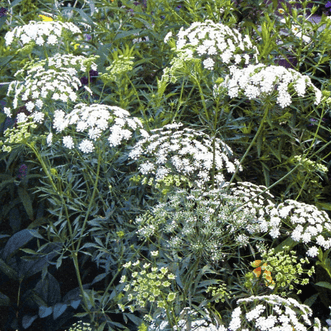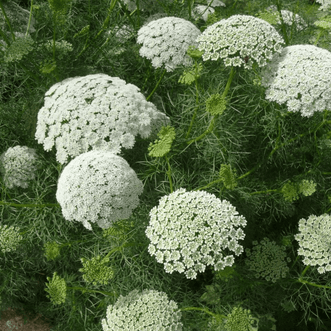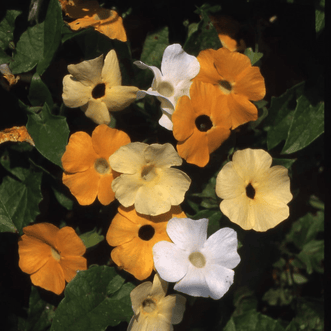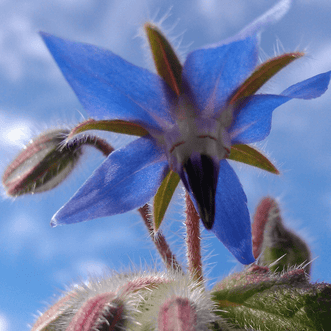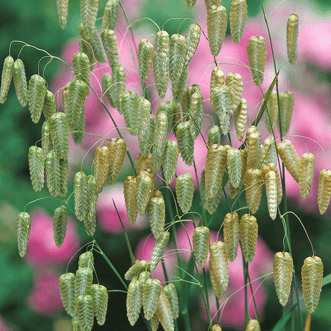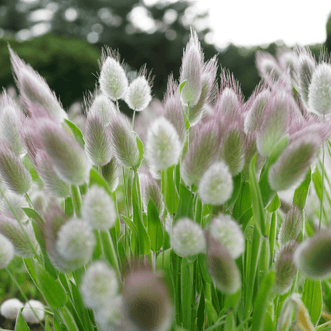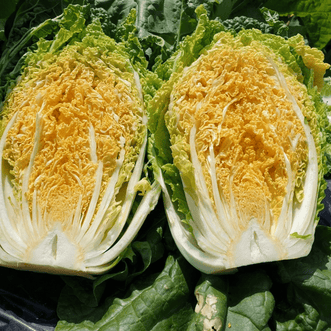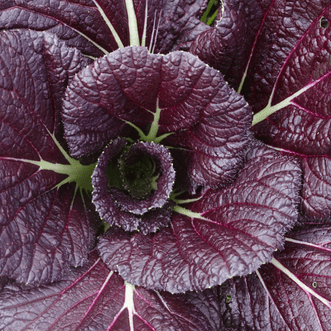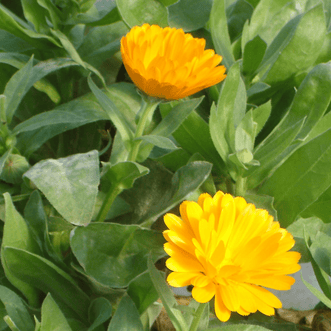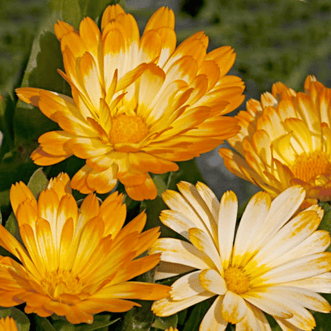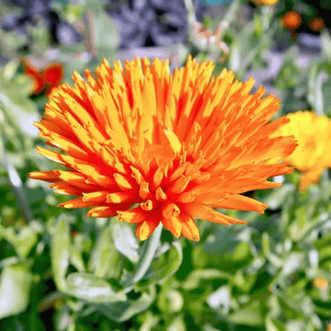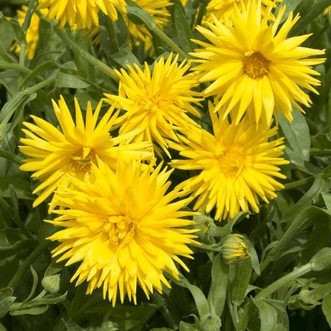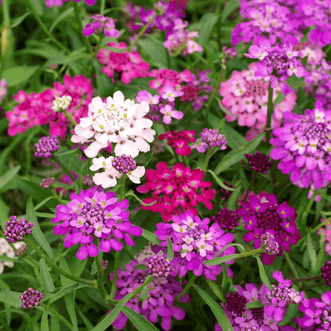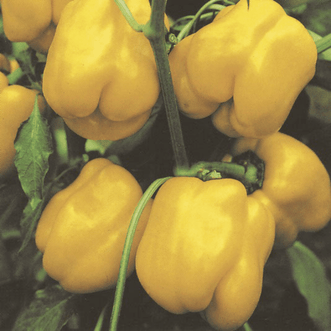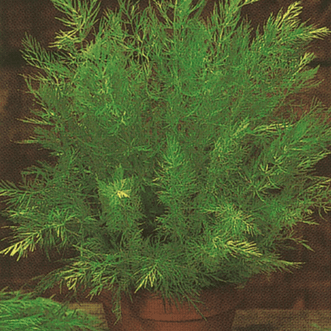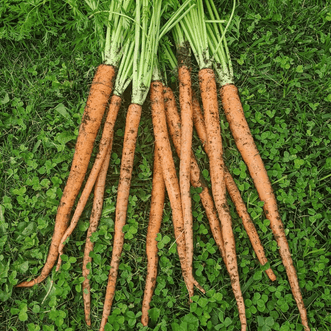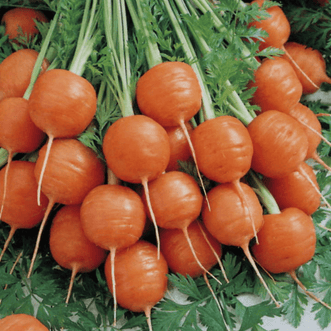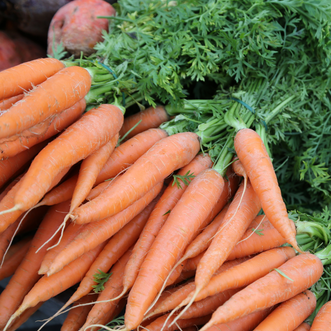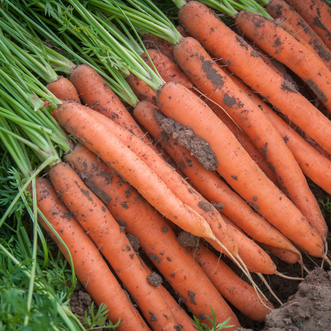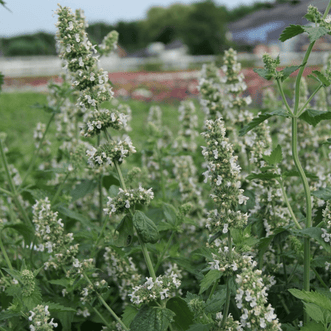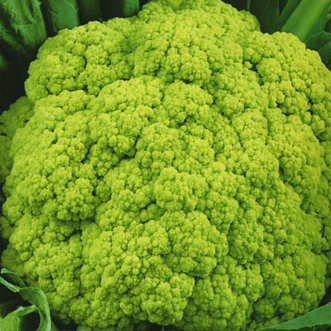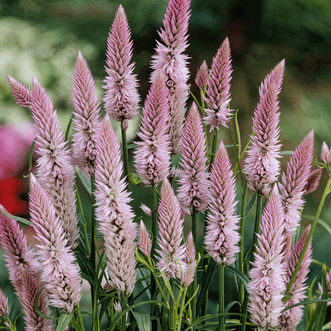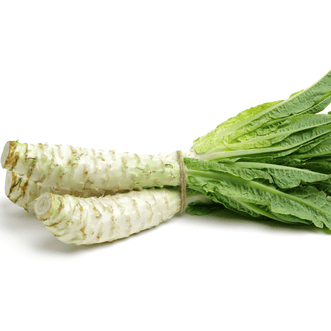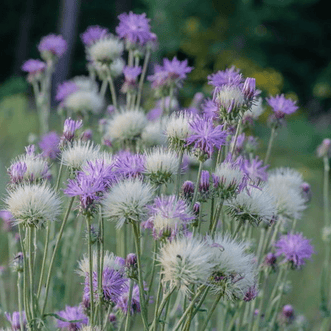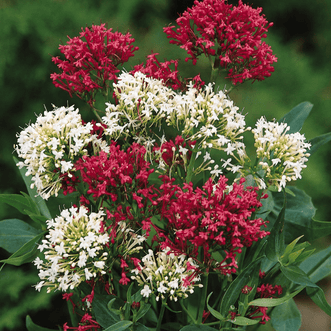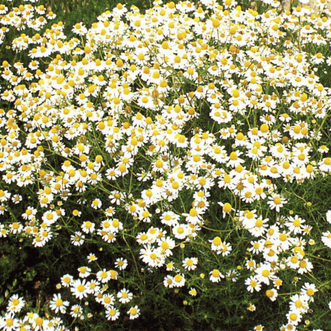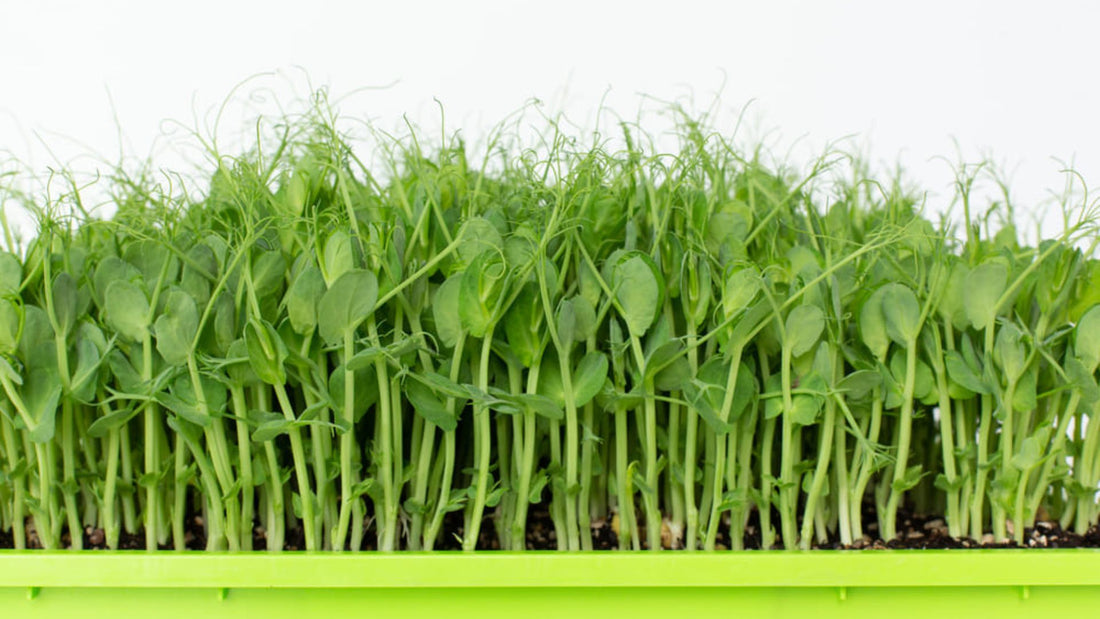
Gerard's Magic with Micros
GerardSecond only to sprouts, microgreens are the quickest food crop to grow, often only taking 2 to 4 weeks from sowing the seed to harvesting the end product. There are many flavours that can be produced – from lemony to sweet, earthy and nutty, to spicy and hot with many subtleties in between. Packed full of vitamins, minerals, antioxidants, amino acids, enzymes and high in easily digested dietary fibre, microgreens are a healthy addition to everyone’s diet, both young and old.

The Brassica family of plants is ideal for micros with their uniform seed size, quickness to germinate and their unique points of difference of colour, texture and flavour. Pak choi is mild, Mustard can be spicy and hot, Rocket adds a certain nuttiness while Radish adds spiciness and a succulent bulkiness. Beetroot and Beet add colour and interesting veined stems with that earthy flavour associated with beetroot while Pea micros are sweet and crisp with interesting curling tendrils and, unsurprisingly, a taste of peas.
Micros are easy to grow in any shallow container with drainage, but you might like to try using our attractive green Kings Seeds trays combined with a quality seed raising mix from Daltons.

Selecting a spot to grow your Microgreen trays is important. Ideally, you’ll be wanting a sunny, warm spot that gets direct sunlight for most of the day to avoid micros from stretching and getting leggy from insufficient light hours. A bench or table is ideal, out of the way of foot traffic, pets and children playing ball games. Being elevated off the ground, means you’ll avoid problems with slugs and snails and the occasional rodent skittering around in the night. Plan a space for at least 4 trays so that a sowing every week will give you a steady rotation of trays from which to harvest.

It’s only necessary to fill one third to one half of your trays with seed mix as all you’re trying to do is provide nutrition for 3-4 weeks, a constant moisture source for the emerging seedlings and a medium for them to anchor in. This will also make your bag of seed mix to go twice as far. Densely seed your trays. There’s no exact formula, but between 7-10g for most brassica will give you a nice thick harvest. Perhaps 40-50g of radish and then 250-300g of pea seed in a tray. The general rule of thumb is that you don’t cover the seed any more than twice its diameter. Covering a tray with a sheet of glass, perspex, cling film or even a sheet of newspaper will retain warmth and humidity and enhance germination.

After several weeks, once the cotyledons have fully developed, the true leaves with all their interesting characteristics will begin to display. Cut them off at soil level with a sharp knife or a pair of scissors.
When stored in an airtight container like a snap lock bag, shelf-life could be anywhere from 5-10 days. This will depend on how dry they’re stored, and assuming they don’t get squashed or compressed too much. Paper towels are perfect from absorbing excess moisture. If they’re still firm and smell OK, then they’re still good to eat. Discard them and start a fresh batch if your stored micros become wilted or no longer smell fresh.


